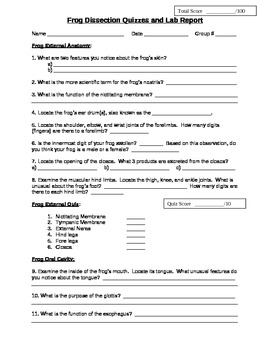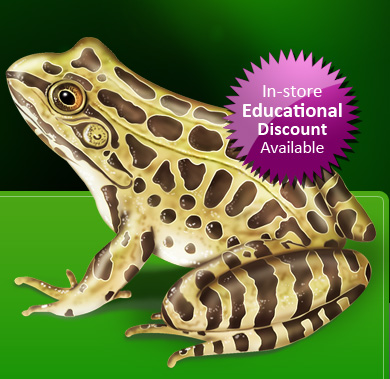

Free virtual frog dissection lab software#
Virtual Labs (K-12) Virtual Labs Software enables students to conduct. Figure 2: Organs of the Circulatory, Respiratory, Excretory and Reproductive Systems Post-laboratory Questions: 1. Fully interactive frog dissection that teaches students about frog anatomy and. To fight this mindset, NAVS is working closely with educators and educational experts in the field of biology and related areas, in order to examine the desired learning outcomes of traditional dissection. By weighing the value of dissection against that of humane alternatives-including the educational, financial and environmental benefits of each method-NAVS will then be able to clearly demonstrate that the current course of action (animal dissection) that is sanctioned and promoted by the NABT and NSTA is not based on core educational values. Virtual Lab: Virtual Frog Dissection Post-Lab Quiz and Lab Report Figure 1: Digestive System Organs Liver Gallbladder Large Intestine Stomach Pancreas Small Intestine.
Free virtual frog dissection lab update#
In fact, a recent update to the NABT’s position statement on the “Use of Animals in Biology Education” even goes so far as to claim that the use of alternatives in place of dissection “may constitute a disservice to many students and does not acknowledge the well-documented educational benefits of hands-on dissection.” Standards published by the National Association of Biology Teachers (NABT) and the National Science Teachers Association (NSTA) promote to their members the notion of dissection as an indispensable aspect of a biology course.

Key drivers in the perpetuation of this line of thinking are the country’s educational leadership organizations. We are fighting a mindset-and until that mindset changes, true progress will continue to be stymied. The goal of replacing classroom dissection with superior humane scientific methods for all students can only be achieved if the key players in this field are persuaded that doing so is the best course of action. The BioLEAP Classroom Grant offers awards of up to $1,000 to teachers in the United States who want to implement humane methods in their classrooms. From web-based programs and apps to physical models, teachers can find cost-effective solutions that meet their needs. The humane solutions catalog features effective non-animal alternatives to help teach students valuable skills while they learn about anatomy and physiology. The BioLEAP Program provides resources to teachers who want to use alternatives to animal specimens such as those used in classroom dissection exercises.


 0 kommentar(er)
0 kommentar(er)
